
Suzuki S-Cross review

Introduction
The family SUV market is huge, and having a competitive product is critical, which is why the old Suzuki S-Cross had to go. There was nothing wrong with it per se – it was quite a likeable car, really – but a lack of interest from buyers told its own story. Step forward the new S-Cross, which is designed to conform to the SUV rulebook.
There’s a new shape, new architecture and a new infotainment system that promises huge strides forward from the old screen. Well, it couldn’t get much worse. But the new S-Cross has some tough opposition, including the Dacia Duster and SsangYong Korando, as well as from more established models including the Skoda Karoq. So how does Suzuki’s new contender stack up?
Select's rating score* - 3.4 / 5
At a Glance
The new Suzuki S-Cross is a very different beast to its predecessor. Where once there was a low, unassuming family car that looked more like a jacked-up hatchback than an all-out SUV, there’s now a proper crossover. That should mean more space and a more assertive image, but the reality isn’t quite so rosy.
Inside, the cabin looks much more appealing, but it’s still blighted by some dodgy plastics and an infotainment system that’s years behind its rivals. There’s less space than expected, too, with a lack of headroom in the rear seats. But it’s rugged and it's incredibly well equipped, which goes some way to making amends.
Up front is a 1.4-litre mild-hybrid petrol engine that’s economical and offers adequate performance, although the real draw is the availability of all-wheel-drive across the range, which should give it decent off-road ability. It’s good on the road, too, with a composed ride and surprising agility.
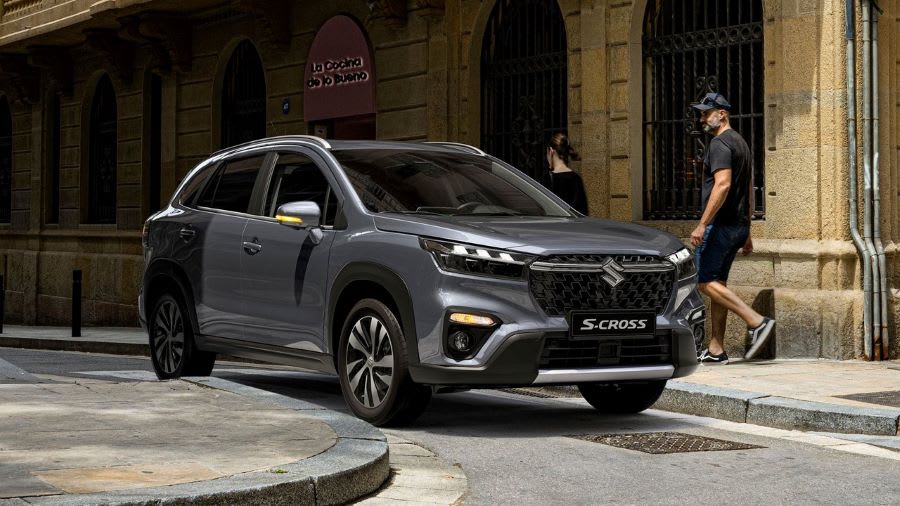
Key Features
Key to the S-Cross’ appeal is the new exterior design, which feels much more like that of a traditional SUV. No longer an outlier, it sends a message that the new family crossover is here to mix it with popular rivals including the Nissan Qashqai and Volkswagen T-Roc. The styling won’t be to everyone’s taste, but we think the new silhouette is a step in the right direction and the more aggressive front end gives the car a slightly more purposeful look.
The cabin has been updated, too, with a new touchscreen infotainment system featuring across the range. It’s much more modern and easier to use than its predecessor, although that really isn’t saying very much. Perhaps it still doesn’t have the style or the functionality of the screens in more established brands’ models, but the new system is a big step forward for Suzuki. And because it comes with Apple CarPlay and Android Auto as standard, it integrates perfectly with your smartphone.
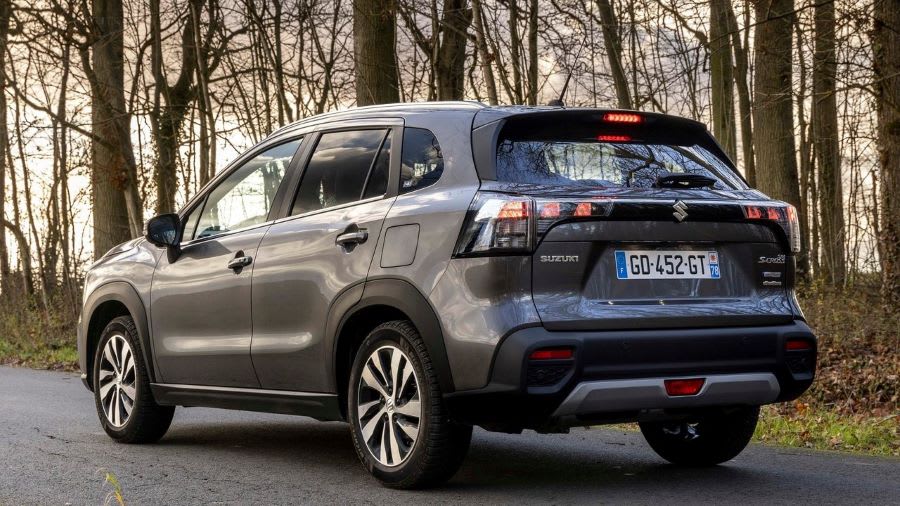
Performance & Drive
At launch, there’s only one engine available for S-Cross customers, and it’s a 1.4-litre petrol engine with some mild-hybrid technology. It isn’t the most sophisticated hybrid system going, but it allows the engine to cut out earlier when coasting to a halt and it helps the motor out when it’s under strain. The system produces 129hp, and it’s available with front- or four-wheel drive, while there’s also a choice of six-speed manual and automatic transmissions.
Performance is, perhaps understandably, low down on the S-Cross’ list of priorities, but the 9.5-second 0-62mph time of entry-level cars is adequate, if not particularly exciting. Step up to the more luxurious of the two models, however, and performance will suffer. Although the 121mph top speed remains unchanged, the top-end, all-wheel-drive Ultra model takes 0.7 seconds longer to reach 62mph. That said, there’s no penalty for choosing the automatic gearbox.
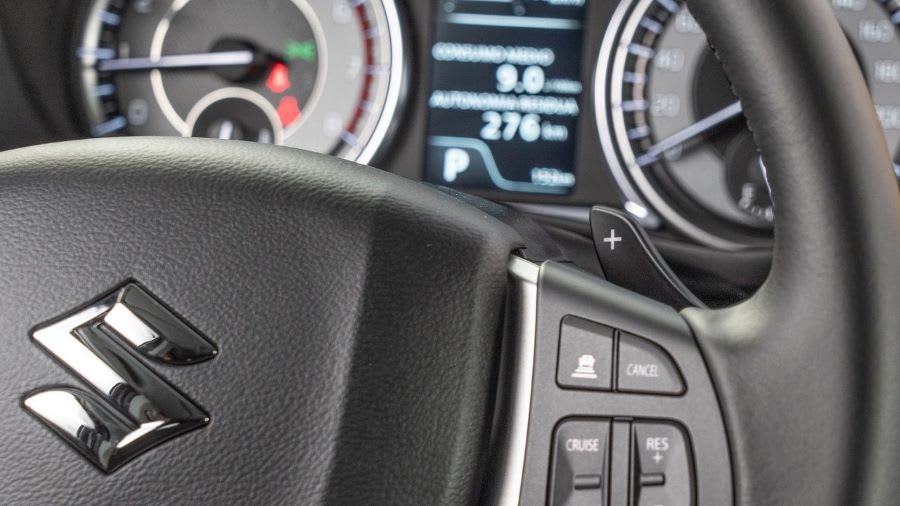
With such performance figures, it’s no surprise that the S-Cross isn’t especially engaging to drive. The steering is far too light, to the extent that it doesn’t feel particularly well connected to the front wheels, and the high body rolls more than its predecessor whenever you take a corner. That said, grip is plentiful and the front wheels do respond sharply to driver inputs, making the S-Cross quite handy once you’re used to the feather-light steering.
Comfort is clearly far more of a priority for Suzuki, and that’s where the S-Cross really shines. The ride is soft and supple and smooth on almost any surface – particularly if you go for the manual version. We haven’t yet worked out why the automatic doesn’t feel quite so settled, because the suspension set-ups are essentially identical, but the manual car is definitely the more cossetting choice.
Suzuki has also given the new S-Cross a modicum of off-road capability, offering four-wheel drive across the range and making it standard on top-of-the-range Ultra models. We haven’t yet tested the S-Cross’ abilities thoroughly, but all the signs are good. The AllGrip system works well in other cars, and the S-Cross’ ground clearance should stand it in good stead. It’ll certainly be quite happy dealing with muddy farm tracks, grass car parks and a dusting of snow.
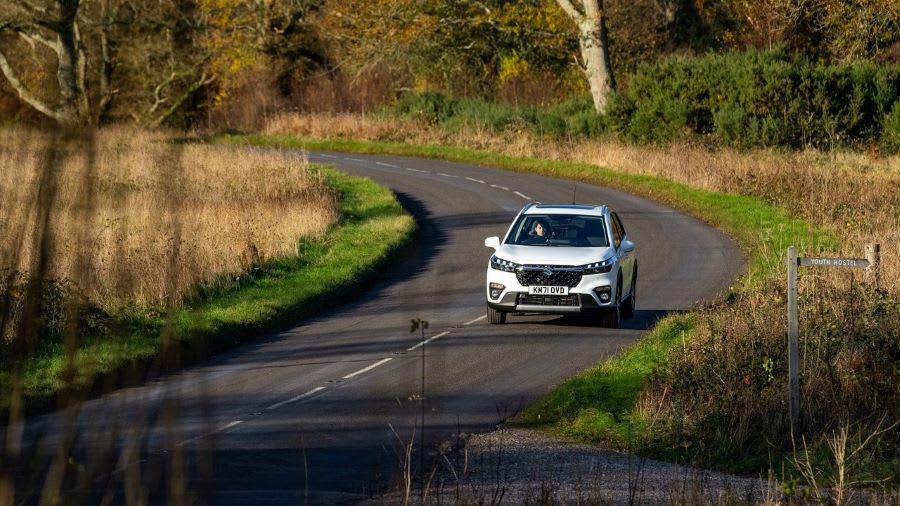
Running Costs & Emissions
Suzuki has promised a plug-in hybrid S-Cross in future, and a more conventional hybrid model, but for now it’s mild-hybrid power only. Despite that, and the car’s newfound height, the latest-generation S-Cross does pretty well on the official economy test. Manual versions are more economical than automatics, but the basic Motion model will return 53.2mpg in front-drive form. Even the least efficient model – the automatic, all-wheel-drive Ultra model – will return 46.3mpg.
CO2 emissions are more of an issue, and that will impact those opting for a company car. The S-Cross’ official emissions range from a respectable 120g/km to 139g/km, but when there are zero-emission electric versions of the Peugeot 2008 and Vauxhall Mokka, the S-Cross will look costly to run. For those with company-funded wheels, it might be best to hold off until the plug-in hybrid arrives.
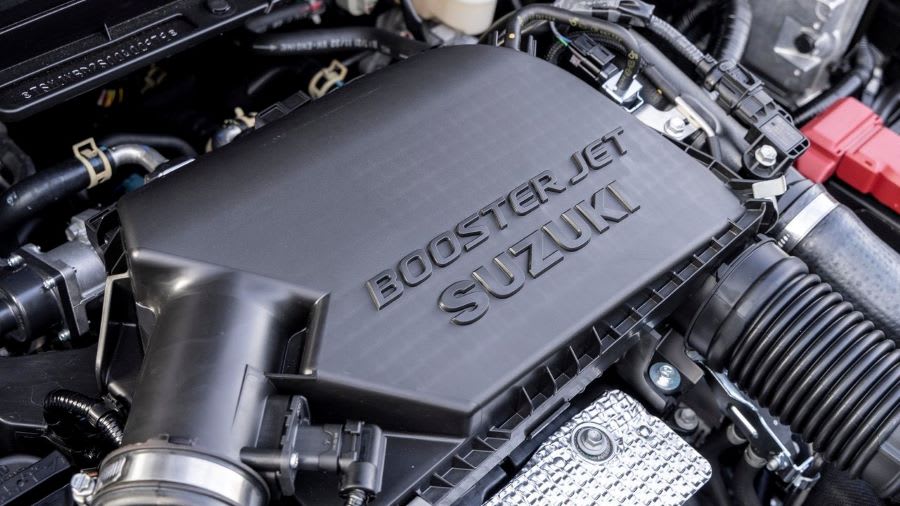
Interior & Technology
Suzuki has tried to imbue the new S-Cross with a slightly livelier cabin than its drab predecessor, and that has come off. Just a quick look at these images reveals something brighter and more interesting than before. There are issues with the materials, some of which feel excruciatingly cheap, but that’s to be expected in a car with this much equipment and such a low asking price.
Build quality is actually pretty good, with solid switchgear and a robust feel, which gives you confidence the S-Cross will last the course. Never bet against anything where kids are involved, but even they will have a hard time wrecking the S-Cross’ durable cabin.
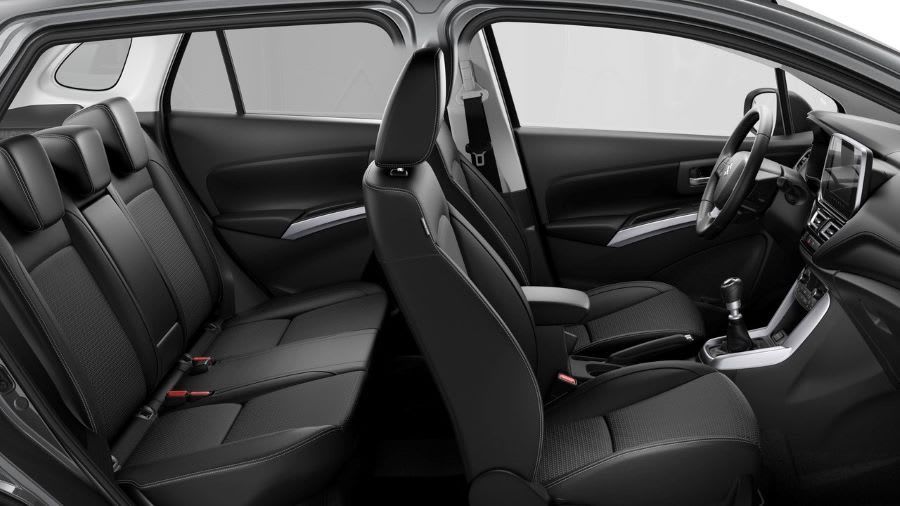
The centrepiece of the new dashboard is a posh new touchscreen infotainment system that measures seven inches from corner to corner in basic Motion models. Move up to the Ultra, however, and that grows to nine inches.
Whichever size you get, it’s a step up from the screens found in smaller Suzukis and the old S-Cross. It still doesn’t look brilliant, but it does everything you want it to and it comes with the Apple CarPlay and Android Auto technology, making its shortcomings in the navigation department less critical. Admittedly, it isn’t as good as the systems found in Fords and Volkswagens, but it does the job.
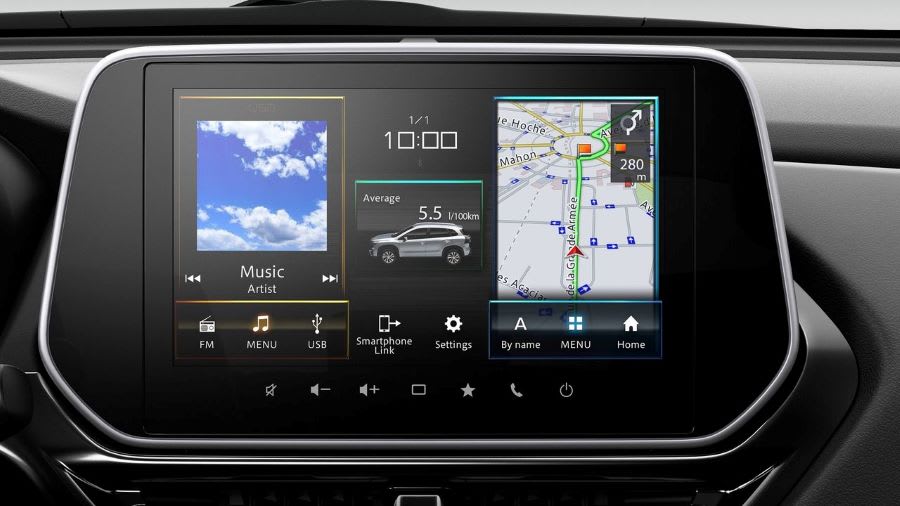
Practicality & Boot Space
The S-Cross’ practicality is among its weak points, but it’s still relatively roomy. Those in the front will find it easy to get comfortable, but the rear seats will be a bit cramped for adults; legroom is acceptable, but headroom is tight for taller passengers. For kids, however, there’ll be no problem at all.
The boot is more promising, with a 430-litre boot that’s on a par with rivals such as the Volkswagen T-Roc and Nissan Qashqai. The car also comes with a two-stage reclining rear seat, allowing drivers to trade passenger comfort for carrying capacity, and there’s a multitude of storage bins and cubbies in the cabin. For families, it’ll be more than sufficient, but those who regularly carry adults in the back seats might want to look at the larger Suzuki Across.
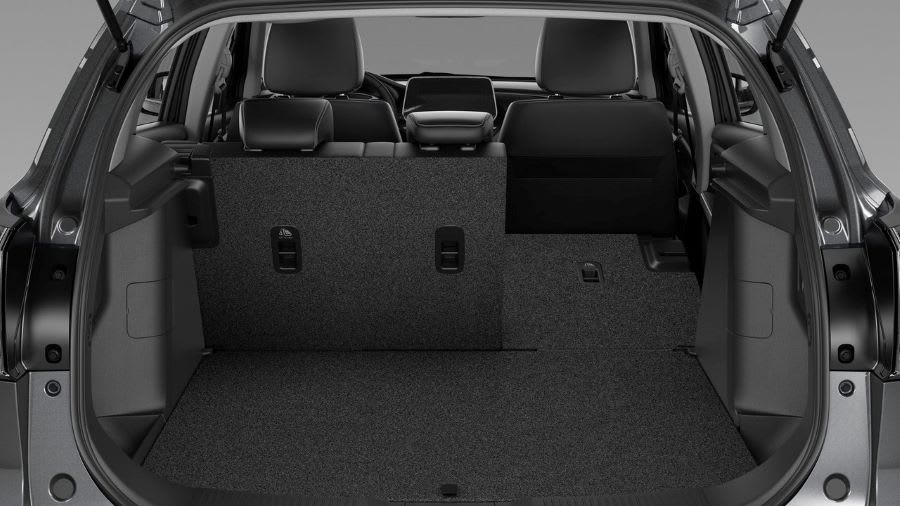
Safety
The new S-Cross has not yet been crash-tested by Euro NCAP, but there’s plenty of reason to believe it’ll prove safe enough. For one, Suzuki has fitted a healthy selection of safety gadgets, including standard autonomous emergency braking. That means the car can detect hazards, then automatically apply the brakes if the driver fails to respond.
Other standard features across the S-Cross line-up include adaptive cruise control that maintains a safe distance to the vehicle in front, while lane departure warning and blind-spot monitoring are also standard across all models. Traffic sign recognition is included, too, along with rear cross traffic alert that tells you whether a car is coming when you’re reversing out of a parking space.
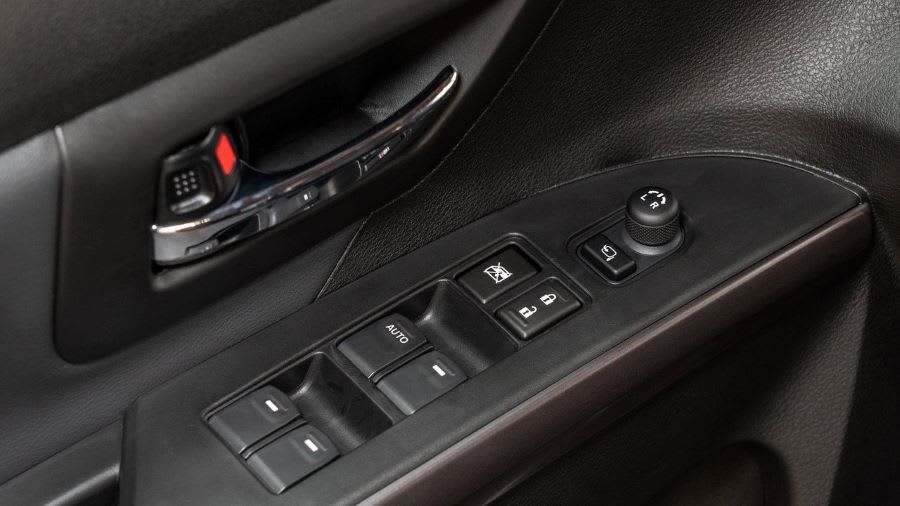
Options
The S-Cross is available in a choice of two different trim levels, with the basic Motion version providing everything you really need, if not everything you might want. That car comes with 17-inch alloy wheels, roof rails and automatic LED headlights, as well as automatic windscreen wipers, keyless entry and parking sensors at the front and rear. It even comes with a seven-inch touchscreen infotainment system, two-zone climate control and a reversing camera, as well as heated front seats and the Apple CarPlay and Android Auto smartphone integration systems.
That’s a well-stocked kit list, but the Ultra model manages to add to that with leather seat upholstery, a panoramic sunroof and a larger nine-inch touchscreen with satellite navigation and a 360-degree manoeuvring camera, which gives you a bird’s-eye view of the car and its surroundings.
Options are relatively limited, but there is a choice of colours, including the usual array of white, black, grey and silver. But they’re joined by some stunning colours, including Energetic Red Pearl Metallic and Sphere Blue Pearl Metallic, both of which give the S-Cross a classier look.
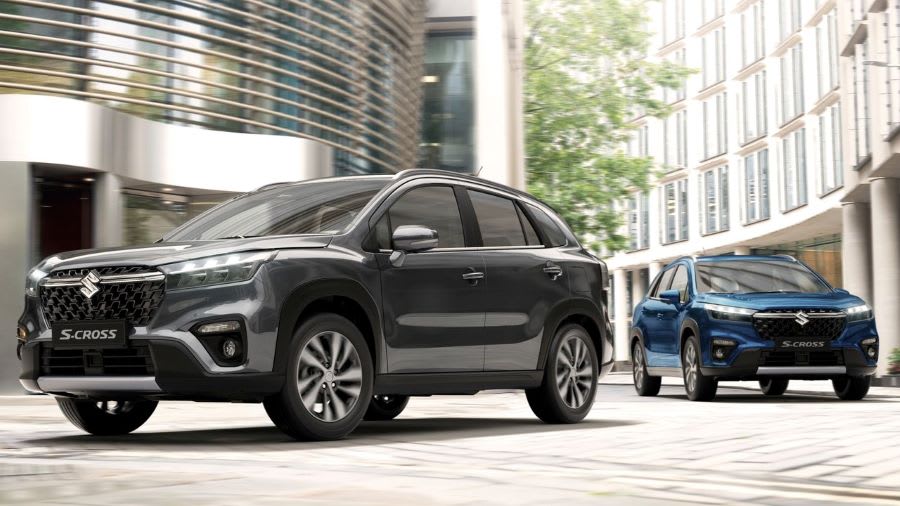
Rival Cars
The S-Cross is playing at the budget end of the family SUV segment, and that puts it squarely in the firing line of the SsangYong Korando, Dacia Duster and Skoda Karoq – all of which have their talents. The SsangYong is roomy and surprisingly well built, the Dacia offers value and off-road capability, while the Skoda is surprisingly good to drive and feels more premium than you might imagine.
But thanks to the wonder that is leasing, the S-Cross has to challenge more than just the cheapest SUVs. The ultra-modern Seat Ateca, Nissan Qashqai and Toyota C-HR SUVs are key rivals, while the Volkswagen T-Roc, Mazda CX-30 and Peugeot 3008 are also in the mix.
It’s worth considering premium models, too, because lease deals tend to work out cheaper than you might think. Take a look at the Audi Q3, BMW X1 and Mini Countryman before making a final decision, while the Mercedes-Benz GLA and Volvo XC40 are also among our favourite compact SUVs.
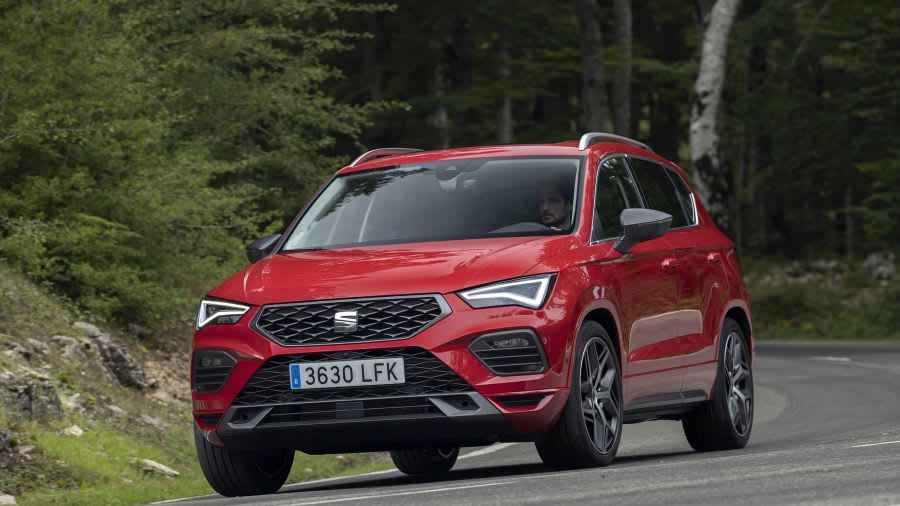
Verdict & Next Steps
The new S-Cross has its faults. It isn’t the most spacious or best built car in its class, and nor is it the best to drive. But it has its attributes, including a relaxed ride, mountains of standard equipment and relatively efficient engines. Add in a much more cohesive image and the prospect of new hybrid and plug-in hybrid powertrains in the future, and the S-Cross has the makings of a solid budget SUV.
Where to next?
View latest Suzuki S-Cross Leasing Deals- from just £236.66 per month inc VAT**
Looking for a great leasing deal? Check out our incredible range of Special Offers
New SUV? Read our latest Car Reviews and find the right model for you
Want to know more about leasing? Take a look at our comprehensive Leasing Guides
Interested in everything motoring? Why not catch up on all the latest Car Leasing News.
**Score based on Select’s unique meta score analysis, taking into account the UK’s top five leading independent car website reviews of the Suzuki S-Cross
**Correct as of 24/02/2022. Based on 9 months initial payment, 5,000 miles over a 48 month lease. Initial payment equivalent to 9 monthly payments or £2,129.94 Ts and Cs apply. Credit is subject to status.



















